Here’s a small excerpt from my upcoming seminar on color in painted warps at ANWG 2019, which will become an online course later this year.
If you want to emphasize the colors in your painted warp, choose a weft color that is less saturated – i.e., duller – than the color of your painted warp. A weft color that is more saturated than your warp can produce a pretty fabric, but will tend to overwhelm the colors and draw the eye away from your painted warp. What your viewer will see first will be the weft color, not the color of your painted warp.
To see what I mean, look at these two samples. The first is woven with a hot pink weft, which draws the eye away from the warp colors. The second is woven with a slightly duller, cranberry weft, which allows the warp colors to shine.
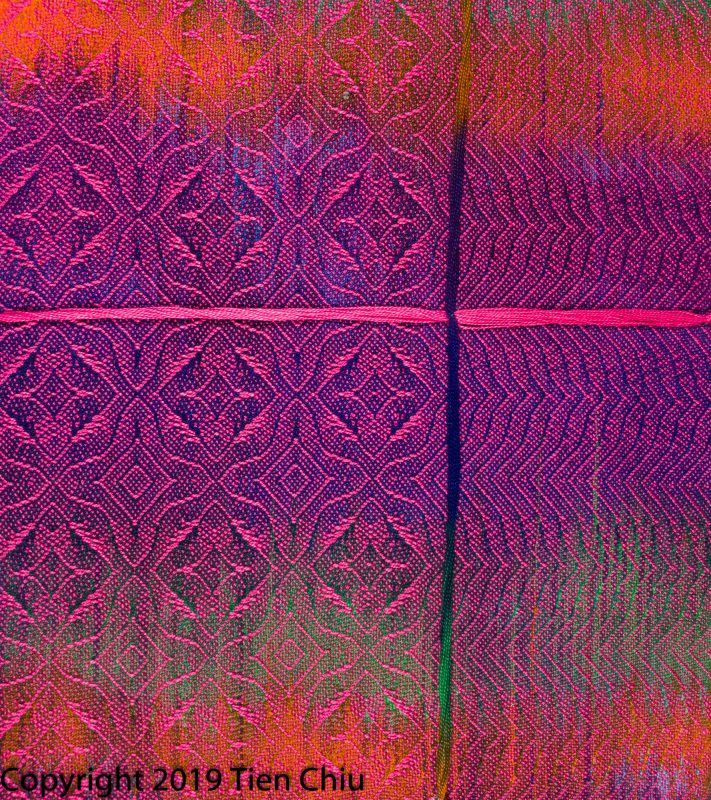
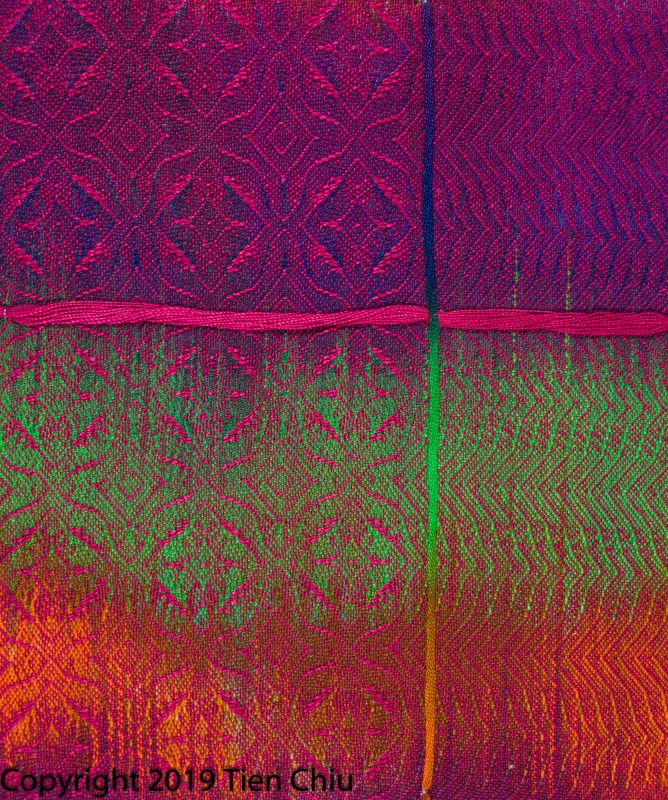
Why does this happen? The eye is drawn to saturated colors – bright colors, not dull ones. This is because, when early humans were evolving, saturated colors were usually more interesting than dull ones. In nature, saturated colors tend to be food (berries, fruits) or danger (poisonous or venomous animals). So we are programmed to look at them:
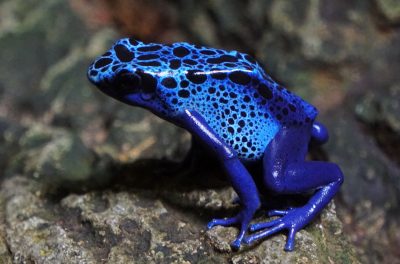
When you use a weft color that is more saturated than the colors in your painted warp, it will draw the eye away from the colors in your warp. This isn’t a wrong thing – it all depends on the effect you want to achieve, and you can create stunning fabrics either way. For example, these two samples are both beautiful fabrics, though in one sample the weft dominates and transforms the warp colors, and in the other, leaves the (identical) warp colors mostly intact:
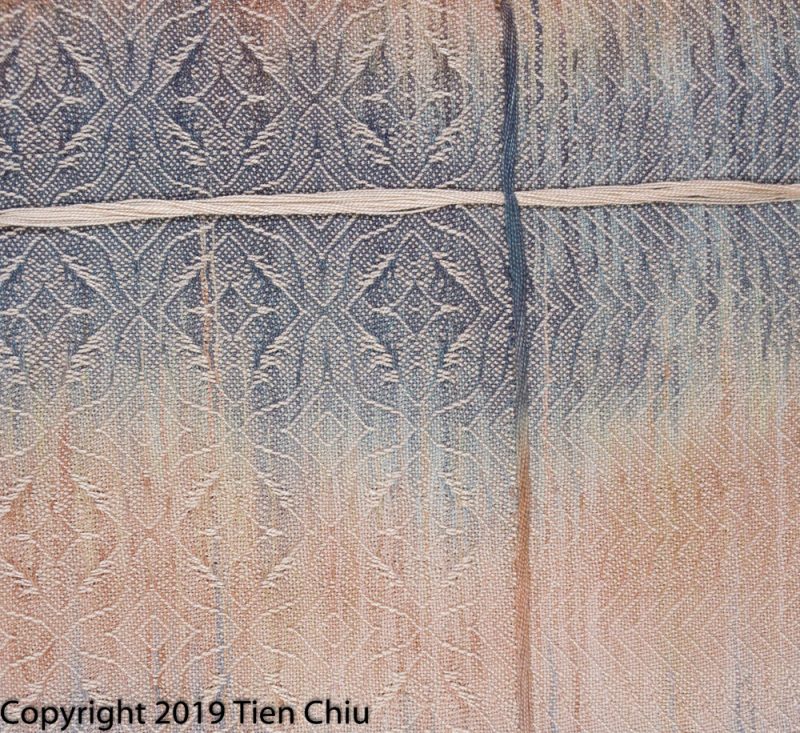
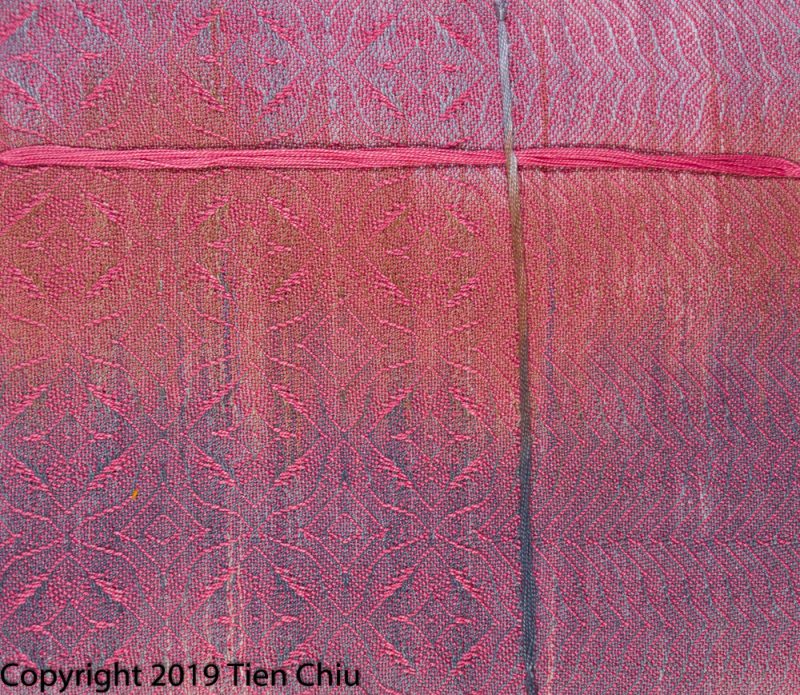
However, if your goal is to showcase the original warp colors – use a less saturated weft. It will sit quietly in the background, letting your warp colors shine.
Happy weaving!

If you want to know more about how to create crisp, clear designs – or subtle ones – in your handwoven cloth, subscribe to my newsletter and get my FREE e-book! It will help you design beautiful handwoven fabrics, with a pattern as bold or subtle as you want.

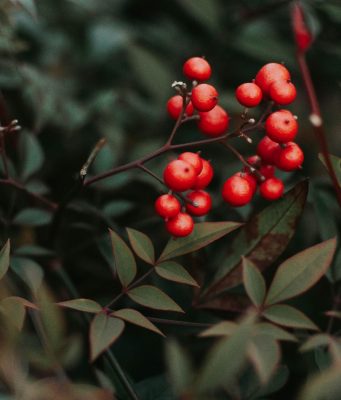
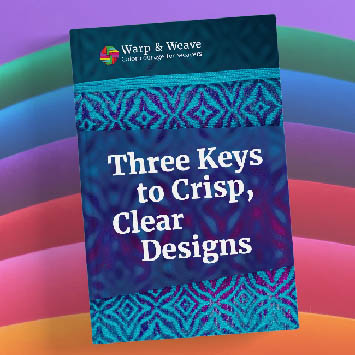
Thank you for this information and pictures of samples. This is really going to help me with my painted wait!
Thanks for this. I was wondering how the two threads react….